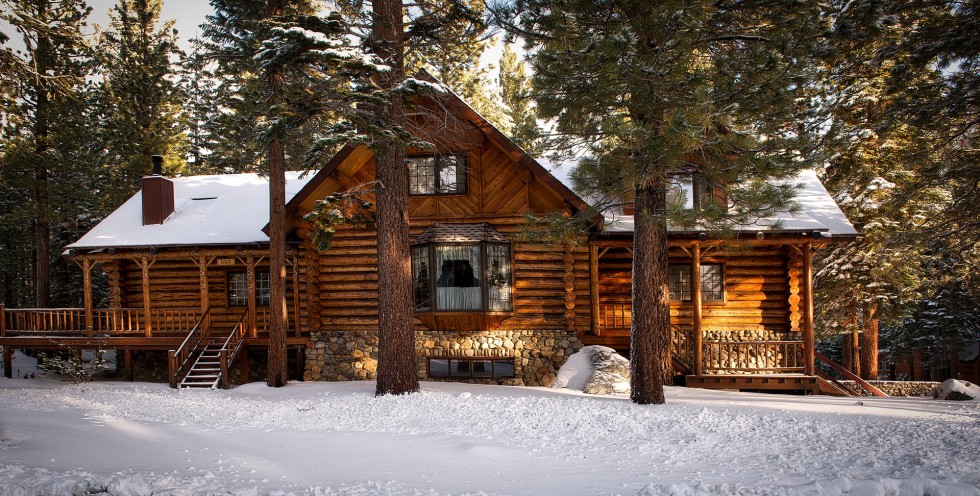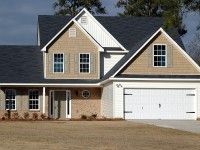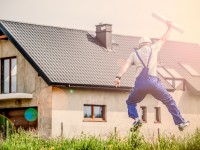Apart from being a dream place to spend the time close to the nature and enjoy the moments of peace, coziness and relaxation, wooden and log homes may also serve as great sustainable, eco-friendly, energy efficient and health-beneficial alternative to conventional houses commonly build throughout the country.
Despite the common misconceptions about the construction difficulties, lower durability, higher maintenance and unsuitability for the permanent living, the owners of wood houses prove that the advantages of the mainly wooden structures, especially log ones, aren’t comparable to the traditional housing (even though wooden homes had been considered as traditional for much longer in our history than the modern conventional homes).
The fact that the homes are built with the use of green renewable materials that provide better insulation (thus, advanced energy efficiency) and sound deadening effect, the shocking durability, earthquake and foundation shift resistance of wooden homes, relatively prompt construction, appealing exterior and amazing options for the interior design, the amazing benefits log homes are able to offer to their inhabitants, to those who initially have issues with the lungs or similar conditions, in particular, the versatility and superior craftsmanship the wooden homes are known for impress regular people and convert a lot of environmentally conscious housing architects and general contractors into the log house religion.
I could brag about the marvelous and undisputable advantages of wooden homes and the reasons why everybody who’s been contemplating building/buying the log home of their dream should definitely go for it for a while. But my mission today is to expose the most common myths about the log/wooden homes and prove the misconceptions undermining their true value wrong.
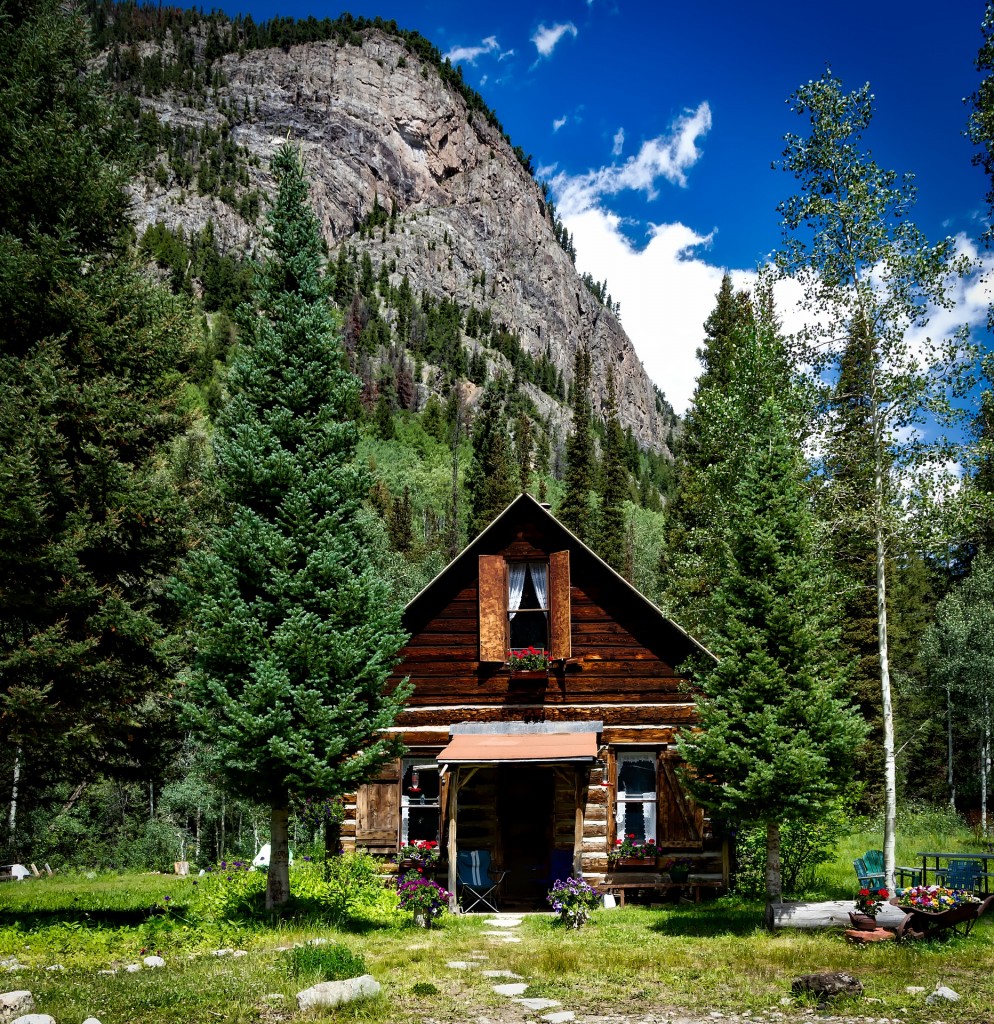
4 myths about log homes you should not believe
1. Log homes aren’t suitable for all-year-around living
Normally, people refer to log homes either as to summer homes no one would enjoy spending time in during winter due to the lack of warmth or as to mountain cabins designated for a few day winter experience.
But, a modern wooden house isn’t only a quite eco-friendly building, but also a really spacious home with all the benefits of civilization (all the superior plumbing, heating, internet connection – basically everything people are used to having in the 21st century), advanced technologies and comfortable rooms with unique walls the natural untouched beauty of which doesn’t need any additional finish.
2. Fire hazard
That’s probably the most popular myth about log houses and wooden homes in general, which, in fact, wasn’t that much of a myth until people discovered the solution to the issue of wood being highly flammable and burning down rapidly. Obviously, the fact that wooden homes are just as safe, if not safer than the conventional houses in terms of fire hazard, runs counter to the human’s logic and intuition.
However, if someone was to try to burn the log home down, they would find it extremely hard to set the actual logs on fire. In fact, logs of the thickness used to build houses are quite difficult to set on fire and burn on their own, not mentioning when they’re gathered into the house structure, which leaves little of the actual log exposed to the potential fire and makes the house rather difficult to burn down.
In addition to that, the logs develop a layer of char over time, which serves as the natural insulator that drastically decreases the burn rate. Due to the factors listed above log homes are actually recognized to be a lot safer than conventional stick-frame houses. Log houses also suffer less fire damage than traditional ones.
Finally, some log home contractors offer an extra level of protection to the owners of their creations – flame retardant additives.
3. Log homes are cold and energy inefficient
Think wooden logs brought tight together to create the walls of a wooden house provide perfect insulation for maintaining warmth or cool air inside the house and preventing unnecessary penetration of the outside air. This makes log houses a lot warmer than the conventional ones, as well as more energy efficient due to the better heat preservation and protection from the outside weather conditions both in summer and in winter.
4. Log homes rot, crack and get destroyed by termites and other pests
The contractors with more than 35 years of log home building experience note that they had never seen termites or similar pests in a log home. That’s due to the fact that wood boring insects aren’t normally attracted to the large masses of wood (a.k.a log homes) and dry wood in general.
The levels of moisture required for the wood to start rotting are between 30-60%. That’s why properly constructed log homes last for centuries without any rotting destruction. For instance, a few wooden churches in Europe that weren’t destroyed by wars or deadly fires still remain in a great condition even after 800 years since they were built.
When it comes to the cracks, they may surely appear in the logs of a wooden home. However, they’re a lot easier to treat than the cracks in concrete or brick. A little bit of moisture repellent will prevent the further development of cracks, which, even when not treated, won’t cause any problems to the structure.
Furthermore, they aren’t nearly as crucial as the cracks in the structure of a conventional house, as the cracks in concrete may indicate subsidence.
Now, as we’ve determined the truth about log homes and managed to understand how great they are, let’s see the inspirational examples of wooden/log homes that may literally make you want to move out of my city apartment/conventional house to live in one of them.
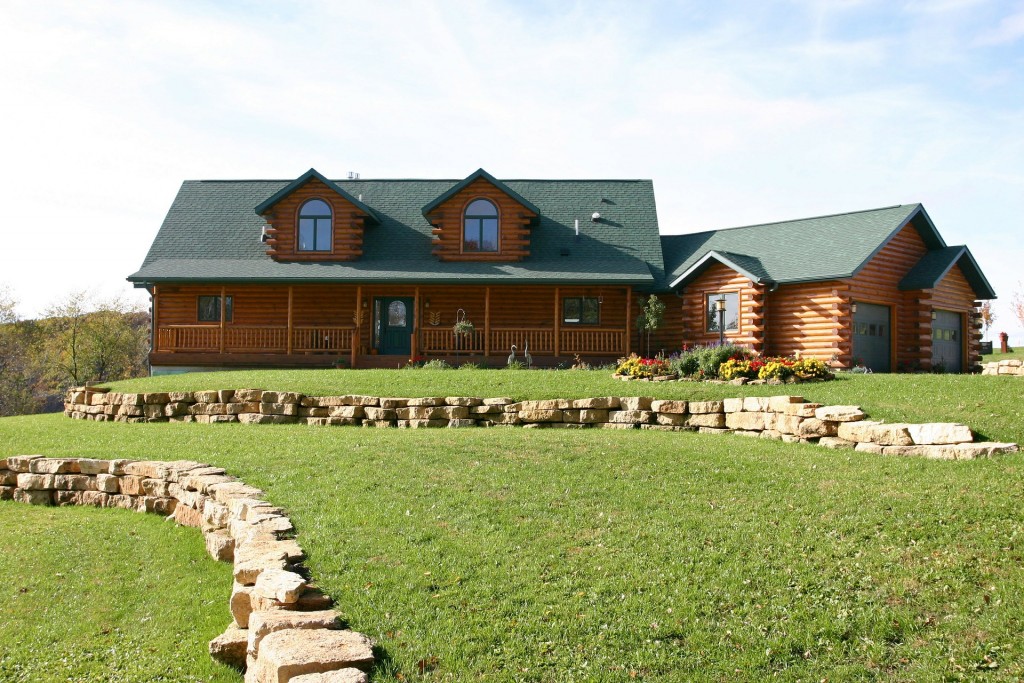
And, if you’d like to add a note of log home living to your own house, you may introduce log/wooden elements to your interior with the help of carpenters from HireRush.com. Just leave a request on our website and make your home feel closer to the nature.
